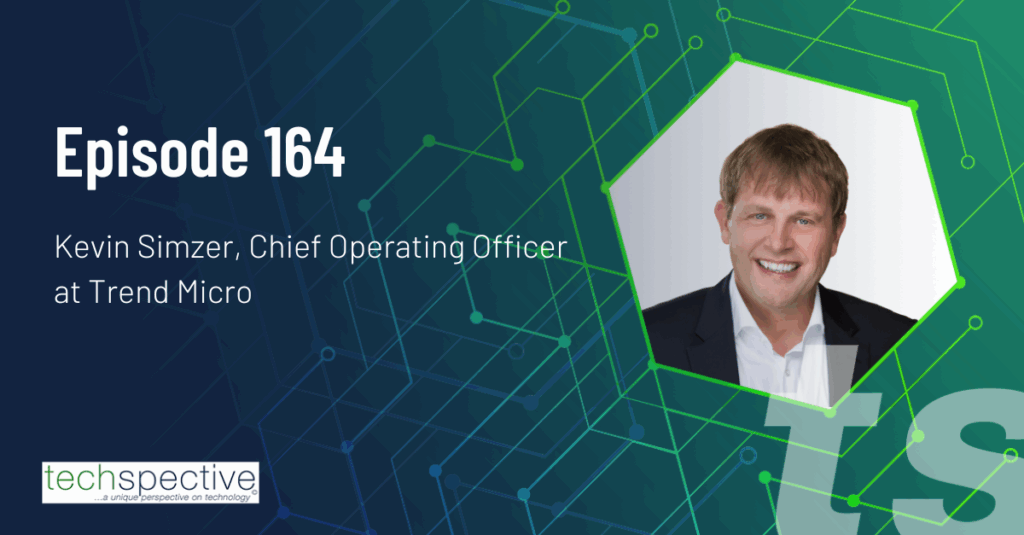Earlier this week, I met with IBM to go through their unique advantages with Power 10 and watsonx. IBM tends to be most successful in the banking and finance industries because their solutions focus more tightly on security, I/o, uptime, and the end customer experience than other firms in their class who more tightly focus on cost containment. Banks are anything but frivolous with their spending, but they are massive targets for fraud, and seconds of downtime can cost them customers, so they have historically favored IBM’s approach to their market over others even though IBM is not the lowest-cost vendor.
This focus has increasingly been popular with other vertical markets like government and retail industries which also have become targets for hackers and who also are impacted adversely when reliability does not meet their needs.
IBM’s CPU vs. GPU Focus
With Power 10, IBM moved away from the NVIDIA technology they had been using to more of a CPU-focused architecture. While GPUs are decidedly better with unstructured data, industries that are not graphically focused, like banking and government, tend to prefer a CPU approach to AI and, according to IBM, IBM’s Power 10 outperforms the equivalent x86 server part by 42% with lower latency, while improving overall security significantly.
Given this CPU focus, IBM’s solution may not perform as well with unstructured data, but much of what the banking, financial, and government industries deal with is structured numerical data, where this new IBM solution still shines.
Cloud vs. On-Prem
IBM is a huge believer in hybrid solutions, and this focus is critical in the AI space where the AI may need, for efficiency, uptime, and security, a hybrid approach to the problem. The IBM Cloud is also unique in the segment with a far greater focus on security, so it does not compete with the large players like AWS, Azure, or Google Cloud; instead, it enhances them, allowing customers to use their preferred cloud vendor for most things but then supplement with the IBM Cloud for situations where high security is a requirement.
This allows their clients to optimize their cloud deployments based on the security needs of a few applications while maintaining the cost advantages of using a more mainstream cloud package for anything that does not require a higher level of security. This feeds into an ERP (Enterprise Resource Planning) effort to better assure that IT can meet the performance and security requirements of tomorrow timely.
Working with IBM partner Rocket Software, customers should be far better able to optimize their implementation for their unique needs.
Thinking Through Your AI Project
This conversation with IBM again highlighted that you need to have a clear idea of what your priorities are when laying out your project and choosing a vendor to fulfill your needs. Each AI vendor has different strengths, weaknesses, and areas of expertise. You want an AI vendor who specializes in both your industry and the implementation you are considering; otherwise, you risk them learning on your job, and with any IT project, learning on the job can be excessively expensive, and this is particularly true with AI where the cost of the training set can exceed the cost of the hardware and software by several magnitudes if the vendor doesn’t already have training sets you can use.
Estimates to create a training set from scratch are still in the $100M range and outside of the justification envelope for most companies. But firms like NVIDIA and IBM, who have been at this for a while, can cut this cost significantly for certain implementations where the training set has already been created.
Wrapping Up
Like any complex project, choosing the right implementation partner and technology vendor can make the difference between a solution that works and is affordable and one that is not. IBM’s solution is best where security requirements, uptime, and I/O are critical and where structured data and a hybrid implementation are the priority. They are particularly strong in banking and finance and are growing in strength in government and healthcare markets.
They are also a reliable source of AI information, best practices, and training sets given they have been involved in AI much longer than most of the firms in the segment. But they are not the best choice for everyone, and learning the practical differences, advantages, and disadvantages of the AI vendors you are considering may be on the best path to assuring the AI result you intend.




Comments are closed.